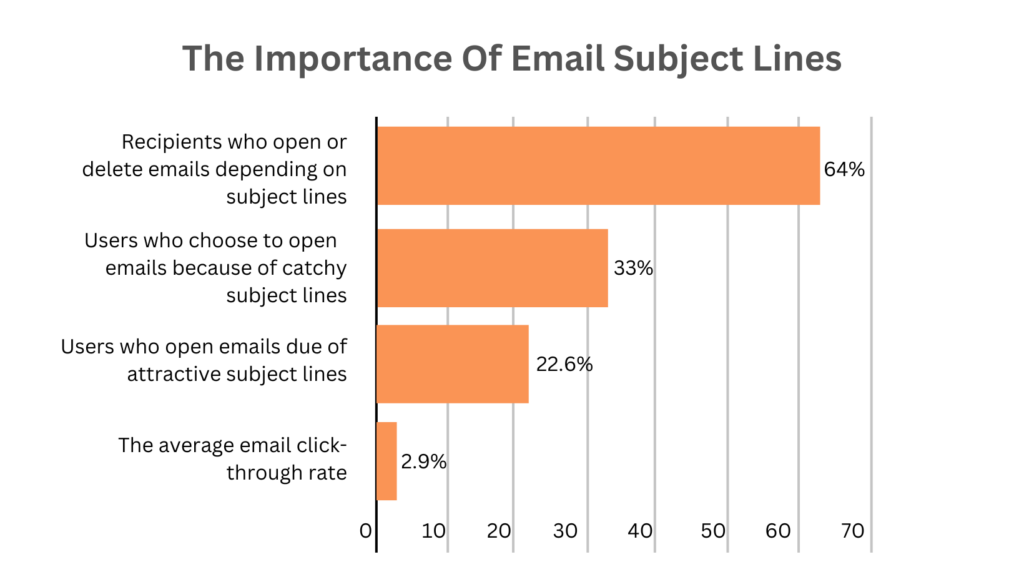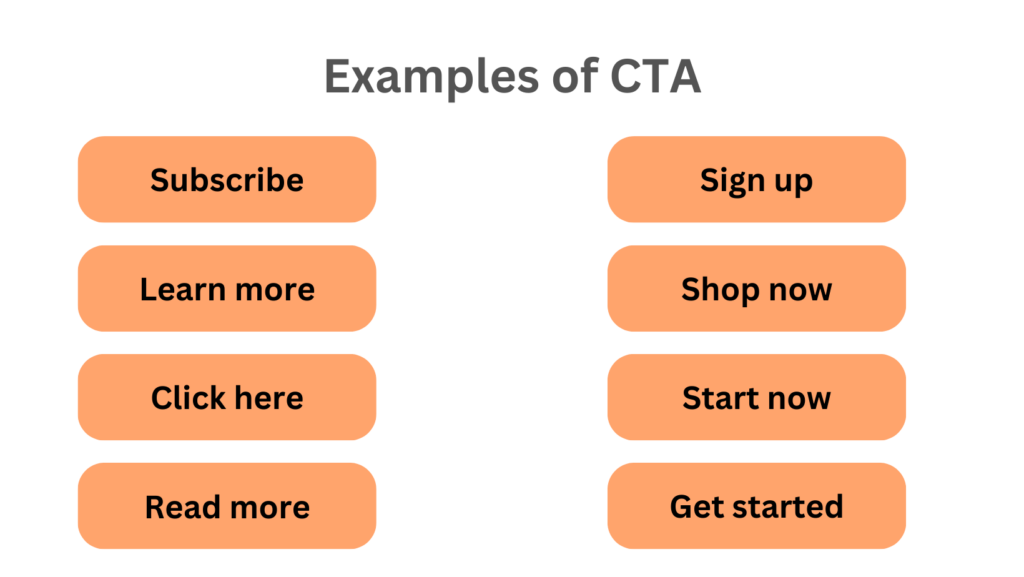Cold emails have become a crucial tool for reaching out to potential clients, partners, or collaborators. However, the challenge is how to get responses from cold emails positively.
In this guide, we’ll explore some proven strategies to boost your cold email response rates.
How to get responses from cold emails?
1. Improve your email deliverability
Improving your email deliverability sets the foundation for successful outreach, ensuring that your messages reach the intended recipients’ inboxes.
- Select a reputable email service provider: Choose a provider with a strong track record of delivering emails effectively and avoiding spam filters.
- Regularly clean your email list: Remove inactive or irrelevant email addresses to maintain a healthy sender reputation and reduce the risk of being flagged as spam.
- Monitor email bounces and unsubscribes: Pay attention to feedback from bounced emails and unsubscribe requests to ensure your email list remains up-to-date and engaged.
2. Write an Attention-Grabbing Subject Line
Crafting an attention-grabbing subject line is crucial for enticing recipients to open your cold email.

Here are key points to consider:
- Curiosity Spark
- Use intriguing language that piques curiosity.
- Pose a question or present a compelling mystery.
- Relevance
- Ensure the subject line aligns with the email content.
- Address a pain point or offer a clear benefit.
- Engaging Elements
- Include action words or numbers for impact.
- Avoid spam-triggering words or excessive punctuation.
- Personalization
- Tailor the subject line to the recipient when possible.
- Mention a shared interest or reference previous interactions.
- Personalized subject lines increase email open rates by 50%.
- Conciseness
- Keep it short and sweet – ideally under 50 characters.
- Capture attention with brevity and clarity.
3. Optimize the opening line
Optimizing the opening line of your cold email is crucial for capturing the recipient’s attention
- Personalization: Begin by tailoring the opening line to the individual recipient, incorporating their name, or referencing specific details about them or their business.
- Relevance: In the initial sentence, clearly state the purpose of your email, addressing a pain point or presenting a benefit that directly resonates with the recipient.
- Engagement: To captivate the reader, create intrigue, or pose a compelling question in the opening line, prompting the recipient to delve further into the content. This strategy sparks curiosity and enhances overall engagement.
- Conciseness: Keep the opening line concise and to the point. Avoid unnecessary information and focus on delivering a compelling hook that encourages further exploration.
- Connection: Demonstrate a genuine interest in the recipient or their work. This helps to establish a connection and makes your email more relatable.
4. Keep the email short
Keeping your cold emails short is crucial for grabbing and maintaining the recipient’s attention.
- Ensure Clarity: Craft your message with clarity and conciseness, steering clear of unnecessary details to get straight to the point.
- Emphasize Essentials: Direct your focus to the most crucial information or requests, discarding anything that doesn’t directly contribute to your main message.
- Opt for Bite-sized Paragraphs: Break down your content into short, visually appealing paragraphs to enhance readability and ease of consumption.
- Utilize Bullet Points: Employ bullet points to list key information, amplifying readability and emphasizing your main points for the reader.
- Maintain One Idea per Sentence: Stick to a single idea per sentence, simplifying your message and facilitating the recipient’s understanding.
- Minimize Errors: Avoid redundancy in your information, ensuring that each sentence adds value or provides new insight.
- Choose Direct Language: Employ straightforward and direct language, steering clear of overly complex sentences or jargon that could potentially confuse the reader.
5. Add social proof
Adding social proof to your cold emails can significantly enhance credibility and trust.
- Testimonials: Incorporate positive statements or feedback from satisfied customers, clients, or partners.
- Case Studies: Share detailed success stories that highlight the positive outcomes of your product or service.
- Recognizable Clients: Mention well-known clients or partnerships to establish credibility and trust.
- Statistics and Data: Use relevant data or statistics to showcase the impact and effectiveness of your offerings.
- Certifications and Awards: Display any relevant certifications, awards, or recognitions to demonstrate expertise and excellence.
- User-generated Content: Showcase content created by your users, such as reviews, testimonials, or social media posts, to provide authentic validation.
6. End with a strong CTA
A strong CTA not only directs the recipient but also motivates them to respond promptly and positively to your cold email.
- Clear Action: Specify exactly what you want the recipient to do.
- Compelling Language: Use persuasive words to encourage a positive response.
- Simplicity: Make the action easy to follow without unnecessary complexities.
- Details: Provide any necessary information or links for seamless execution.
- Urgency (if applicable): Add a touch of urgency to prompt immediate action.

Conclusion
By incorporating these techniques into your cold email strategy, you can increase your chances of being noticed. This will eventually lead to receiving positive responses that drive meaningful connections and opportunities.
Additionally, consider using a cold email automation tool like SafeMailer to send your cold emails efficiently and further boost the rate of your responses.

Leave a Reply